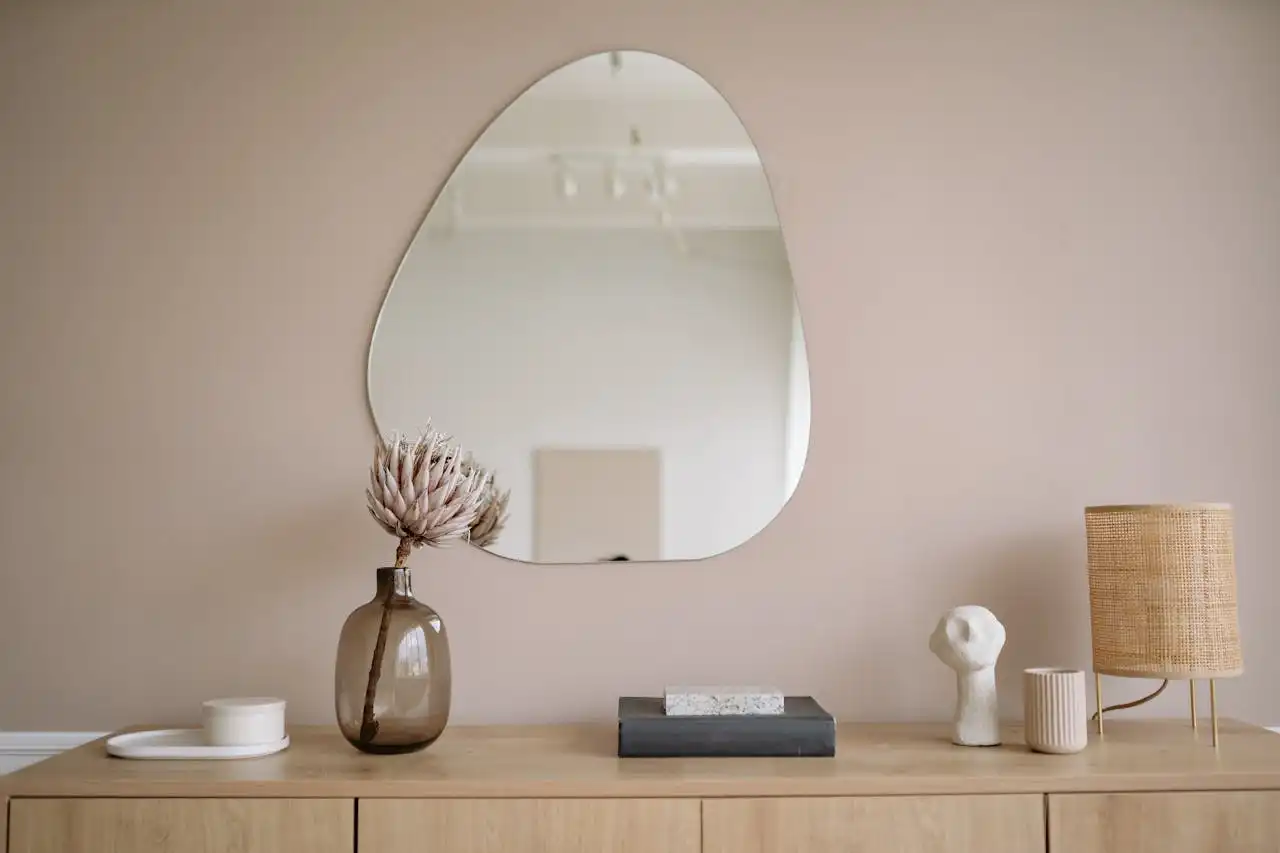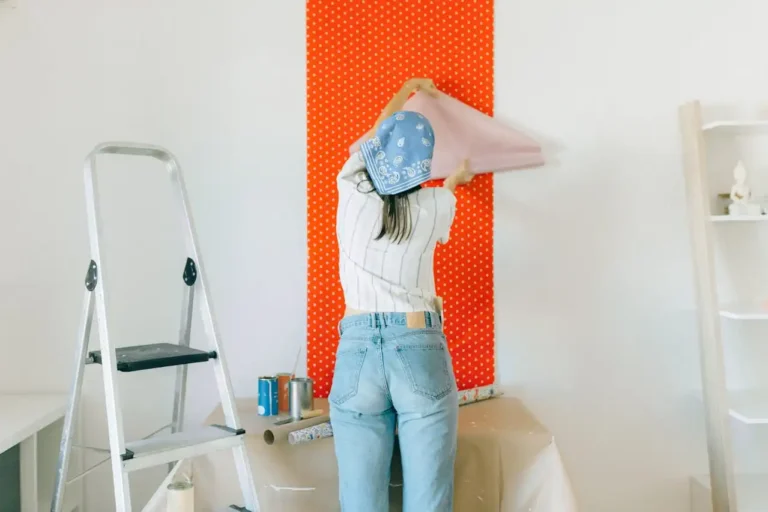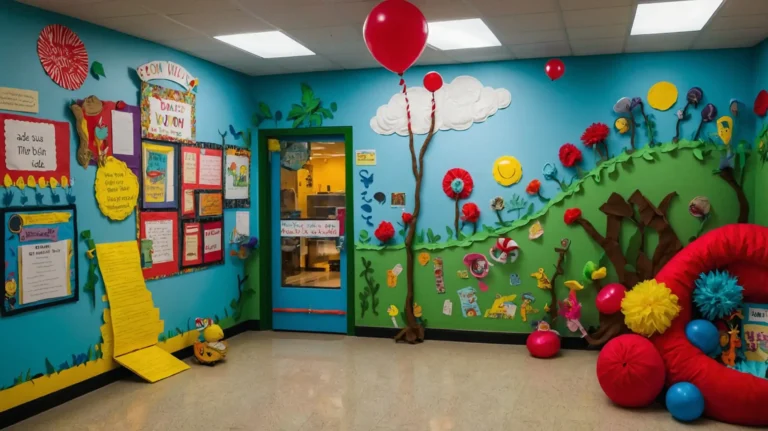How to Style a Statement Wall Without Overdoing It
You want to create a stunning focal point that captures attention, but you worry about crossing the line into overwhelming chaos.
A well-designed statement wall adds personality and visual interest to your space while maintaining the perfect balance between bold and beautiful.
Choose the Right Wall for Maximum Impact
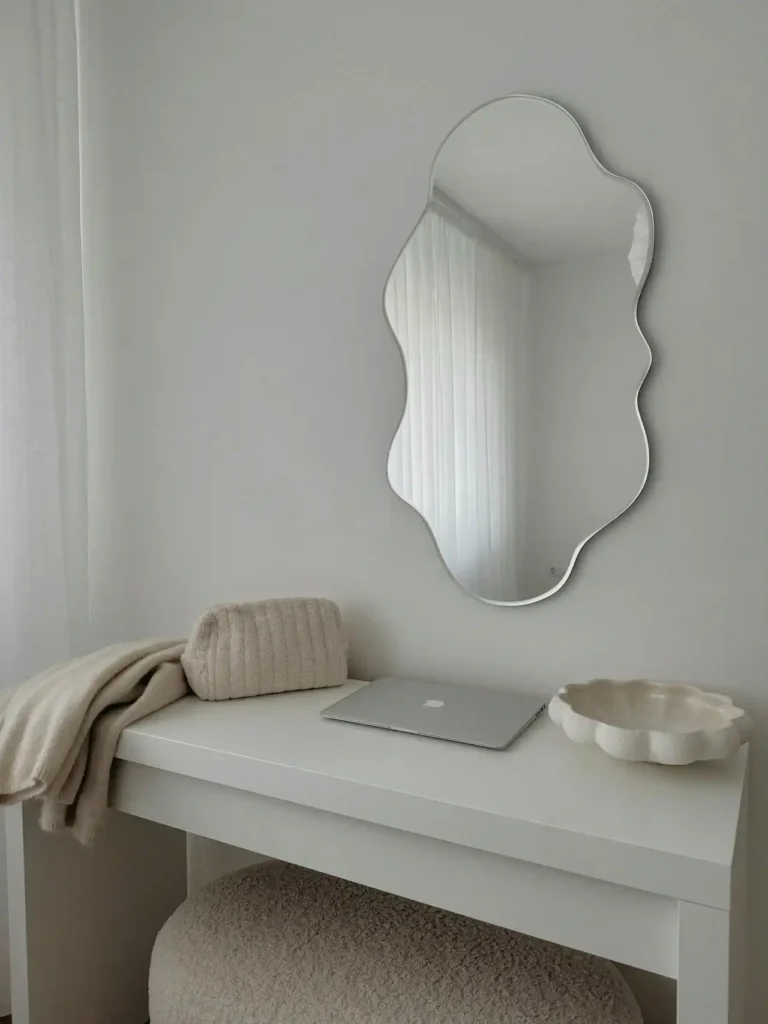
You need to select the perfect wall before diving into colors, patterns, or textures.
The most effective statement walls naturally draw the eye, so look for walls that people see immediately upon entering the room.
The wall behind your bed, the one facing your front door, or the surface behind your sofa often makes the best canvas for your creative vision.
Avoid walls with too many interruptions like windows, doors, or built-in fixtures that will compete with your design.
These obstacles break up your statement wall’s visual flow and make it difficult to create a cohesive look.
Instead, choose a wall with clean lines and minimal architectural elements that might distract from your design.
Consider the wall’s size and proportions when making your selection.
A tiny wall might not provide enough space for your statement to register properly, while an enormous wall could overwhelm your room if you make it too bold.
The ideal statement wall offers enough surface area to make an impact without dominating your entire space.
Think about how the wall relates to your room’s traffic flow and furniture placement.
You want your statement wall to enhance your room’s natural focal points rather than fighting against them.
The wall should complement your existing layout and draw attention to areas where you want people to gather and spend time.
Master the Art of Color Balance
You can create stunning visual impact by choosing one bold color and keeping everything else neutral.
This approach prevents your statement wall from competing with other elements in your room while ensuring it commands the attention it deserves.
Select a color that appears elsewhere in your space through accessories or artwork to create cohesion.
The 60-30-10 rule provides an excellent framework for color distribution in rooms with statement walls.
Use neutral colors for 60% of your space, your statement wall color for 30%, and a complementary accent color for the remaining 10%.
This proportion creates visual balance while allowing your statement wall to shine without overwhelming the entire room.
Consider your room’s natural lighting when selecting statement wall colors.
North-facing rooms benefit from warm colors that counteract cool natural light, while south-facing spaces can handle cooler tones without feeling cold.
Test your chosen color at different times of day to ensure you love how it looks under various lighting conditions.
Don’t forget about undertones when selecting your statement wall color.
A blue with green undertones will feel different from a blue with purple undertones, even if they appear similar at first glance.
These subtle differences can make or break the harmony between your statement wall and the rest of your décor.
Embrace Texture Over Pattern for Subtle Drama
You can create incredible visual interest through texture without the busy feeling that bold patterns sometimes produce.
Textured walls add depth and dimension while maintaining a sophisticated, refined appearance.
Consider options like grass cloth wallpaper, wood planking, stone veneer, or decorative plaster techniques that create stunning tactile surfaces.
Grasscloth wallpaper offers natural texture with organic variation that prevents your wall from looking too perfect or artificial.
Each panel displays slightly different weaving patterns and color variations that create visual movement while maintaining an overall cohesive appearance.
This natural irregularity adds warmth and personality to your space without overwhelming busy patterns.
Wood accent walls bring warmth and natural beauty to any room while creating striking texture through grain patterns and board arrangements.
You can install boards horizontally for a modern look, vertically to emphasize ceiling height, or in herringbone patterns for added visual interest.
Choose wood tones that complement your existing furniture and flooring for seamless integration. Choose subtle colors that enhance the texture rather than competing with it.
Three-dimensional wall panels create dramatic shadows and highlights that change throughout the day as light shifts across their surfaces.
These panels add architectural interest while maintaining clean, geometric lines that work with both modern and traditional décor styles.
Scale Your Statement to Your Room Size
You must match your statement wall’s intensity to your room’s proportions to avoid overwhelming smaller spaces or underwhelming larger ones.
A bold, dark color that looks stunning in a spacious living room might feel oppressive in a small bedroom.
Conversely, a subtle accent wall might disappear entirely in a grand, high-ceilinged space.
In smaller rooms, consider lighter statement colors or subtle textures that add interest without making the space feel cramped.
Soft, warm colors can create cozy intimacy, while lighter shades with interesting textures provide visual appeal without reducing the perceived room size.
Vertical elements like wood planking can also help smaller rooms feel taller.
Larger rooms can handle more dramatic statement walls with deeper colors, bolder patterns, or more pronounced textures.
These spaces need stronger visual anchors to prevent them from feeling empty or disconnected.
A rich, saturated color or striking geometric pattern can help define seating areas and create intimate zones within expansive rooms.
Consider your ceiling height when planning your statement wall design.
Rooms with standard 8-foot ceilings benefit from lighter colors and horizontal elements that don’t emphasize the lower height.
Higher ceilings can accommodate darker colors and vertical design elements that celebrate the room’s grand proportions.
Create Visual Balance Throughout the Room
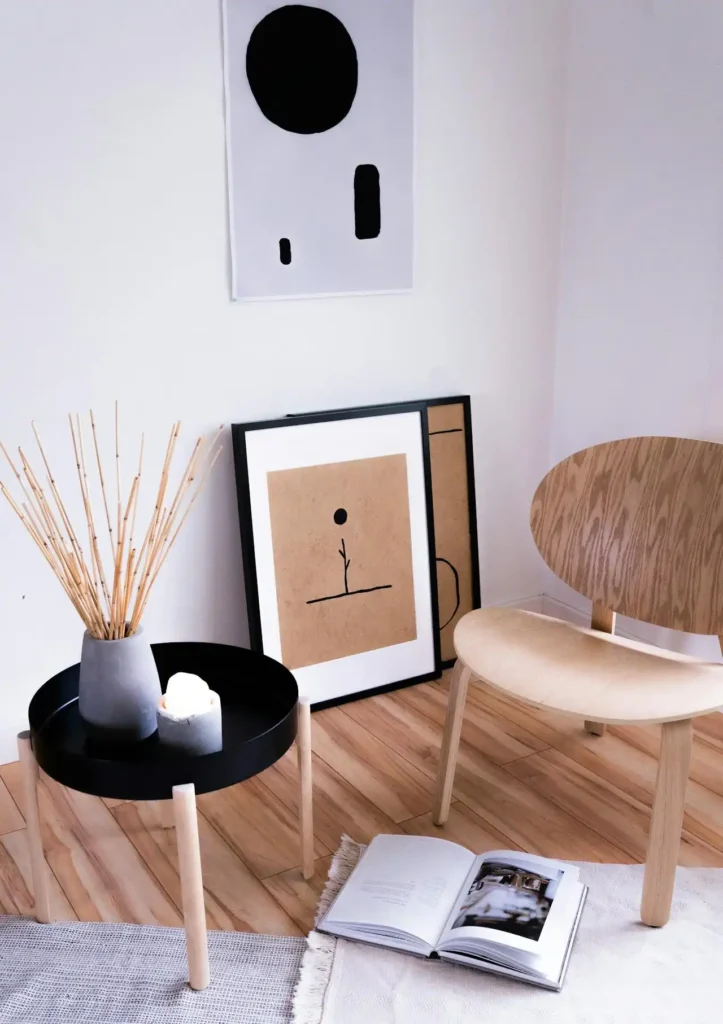
You need to distribute visual weight evenly throughout your space to prevent your statement wall from feeling isolated or overwhelming.
Balance your bold wall with carefully chosen accessories, furniture placement, and lighting that complement rather than compete with your focal point.
This creates harmony while maintaining your statement wall’s impact.
Place your largest or most important piece of furniture against or near your statement wall to create a natural relationship between the bold surface and your room’s functional elements.
A substantial sofa, bed, or dining table provides visual anchor that grounds your statement wall and makes it feel intentional rather than arbitrary.
Incorporate your statement wall’s color or texture in smaller doses throughout the room through throw pillows, artwork, or decorative accessories.
This repetition creates cohesion while preventing your statement wall from feeling disconnected from the rest of your décor.
Use the same color in different intensities or textures for sophisticated variation.
Avoid placing too many competing elements near your statement wall that might distract from its impact.
Large artwork, busy patterns, or multiple bold colors in the immediate vicinity can create visual chaos rather than the clean, striking effect you’re trying to achieve. Keep surrounding elements simple and supportive.
Use Lighting to Enhance Your Statement Wall
You can dramatically improve your statement wall’s impact through strategic lighting that highlights texture, color, and architectural details.
Proper lighting transforms your accent wall from a simple color change into a sophisticated design feature that contributes to your room’s overall ambiance and mood.
Wall-mounted sconces flanking your statement wall create symmetrical illumination while adding architectural interest.
Choose fixtures that complement your wall’s style – sleek, modern sconces for contemporary spaces or ornate, traditional fixtures for classic décor.
Position these lights to cast even illumination across your wall’s surface. Adjust the angle and intensity to achieve the perfect highlighting effect.
Track lighting or adjustable spotlights allow you to direct light exactly where you want it on your statement wall.
This flexibility proves especially valuable for textured walls where strategic lighting can emphasize dimensional elements and create dramatic shadow play.
Consider adding LED strip lighting behind floating shelves or artwork mounted on your statement wall.
This indirect lighting creates a subtle glow that emphasizes your wall’s color while providing ambient illumination for the entire room.
Choose warm white LEDs for cozy atmospheres or cool white for more modern, crisp lighting effects.
Gallery Walls: The Statement Wall Alternative
You can create stunning statement walls through carefully curated gallery walls that provide visual impact without bold colors or dramatic textures.
This approach works particularly well in rental properties where permanent wall treatments aren’t possible, or in spaces where you prefer more flexibility to change your décor over time.
Start with a cohesive color palette that includes no more than three main colors plus neutrals.
This restraint prevents your gallery wall from becoming visually chaotic while allowing for enough variety to maintain interest.
Choose artwork, photographs, and objects that share common elements like color, theme, or style for unified appearance.
Plan your gallery wall layout before hanging anything by cutting paper templates the same size as your pieces and arranging them on the wall with painter’s tape.
This allows you to experiment with different configurations without creating unnecessary holes in your wall. Aim for balanced visual weight rather than perfect symmetry.
Mix different types of wall art including framed photographs, paintings, mirrors, and three-dimensional objects to create texture and depth.
Vary the sizes while maintaining some common elements like similar frame colors or consistent matting.
This variety prevents monotony while maintaining overall cohesion throughout your gallery wall composition.
Know When to Stop Adding Elements
You achieve the perfect statement wall by recognizing when you’ve reached the ideal balance between impact and restraint.
The temptation to keep adding elements, colors, or textures can quickly transform a sophisticated focal point into overwhelming visual chaos.
Step back regularly during your design process to assess whether each addition enhances or detracts from your overall vision.
Follow the principle of “less is more” when styling your statement wall area.
Each element should serve a purpose and contribute to your overall design rather than simply filling space.
Remove anything that doesn’t actively improve your statement wall’s appearance or your room’s functionality.
Trust your instincts when something feels “off” about your statement wall. Often, the solution involves removing elements rather than adding more.
Your statement wall should feel intentional and cohesive, not busy or chaotic. If you feel overwhelmed when looking at your wall, visitors probably will too.
Take photographs of your statement wall from different angles and distances to gain perspective on how it appears to others entering your space.
Sometimes cameras capture visual issues that our eyes miss when we’re too close to a project. Use these photos to identify areas that might need simplification or adjustment.
Consider the Long-Term Perspective
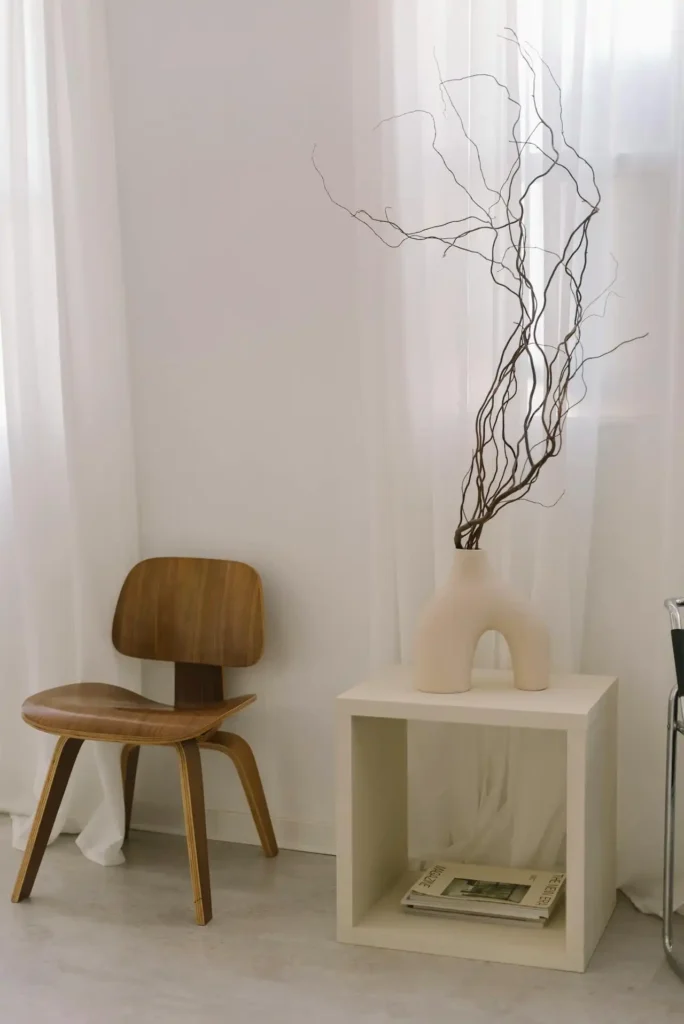
You want to create a statement wall that you’ll love for years rather than a trendy design that quickly feels dated.
Choose timeless colors, classic patterns, or natural textures that transcend passing fads while still providing the visual impact you desire.
This approach ensures your investment in a statement wall provides lasting satisfaction.
Think about how your statement wall will work with future furniture changes or décor updates.
Neutral-based statement walls with interesting textures or subtle patterns adapt more easily to evolving styles than bold, trend-specific designs.
This flexibility allows you to refresh your space without completely redoing your statement wall.
Consider maintenance requirements when selecting statement wall treatments.
Some textured wallpapers collect dust and require special cleaning, while painted walls need periodic touch-ups.
Choose options that fit your lifestyle and maintenance preferences to ensure your statement wall continues looking beautiful with reasonable care.
Plan for the possibility that you might want to change your statement wall eventually.
Removable wallpaper, peel-and-stick options, or paint colors that can be easily changed provide flexibility for future updates.
This planning prevents you from feeling trapped by permanent design decisions that no longer suit your evolving tastes.
Conclusion
Create stunning statement walls by balancing bold design choices with thoughtful restraint.
Your perfect focal point enhances rather than overwhelms your space.

